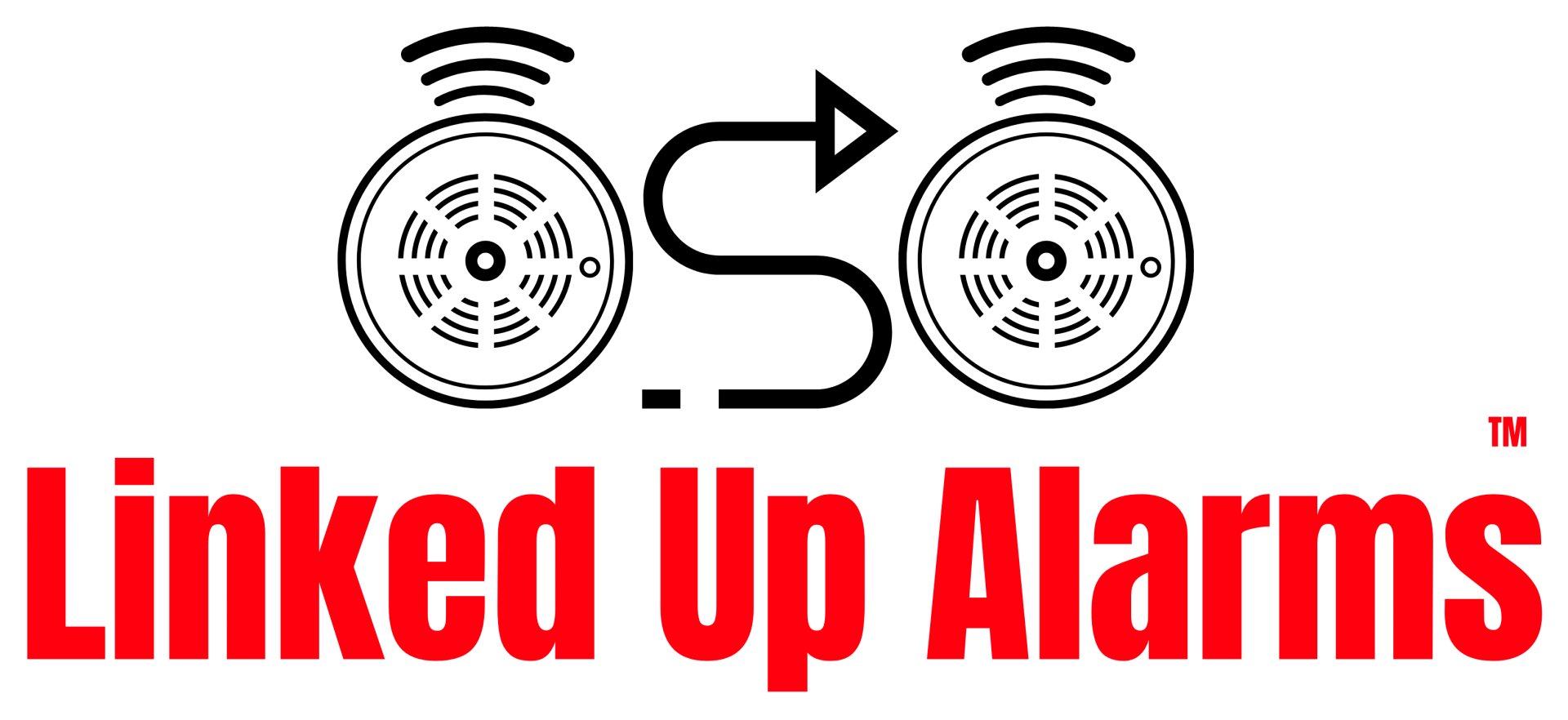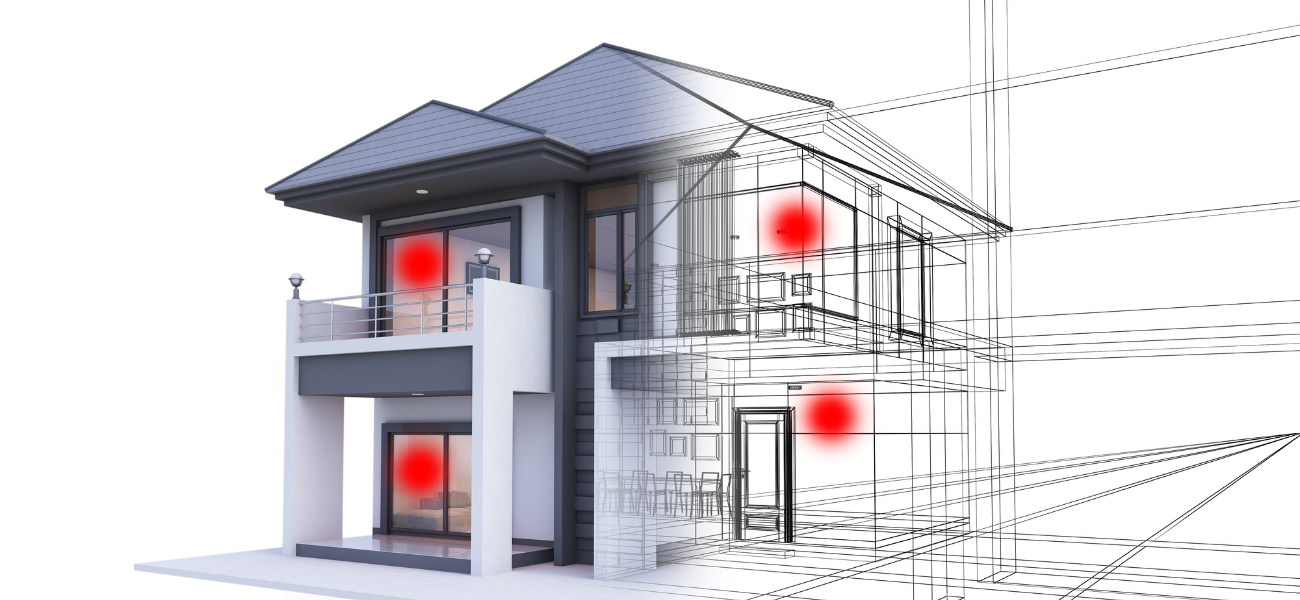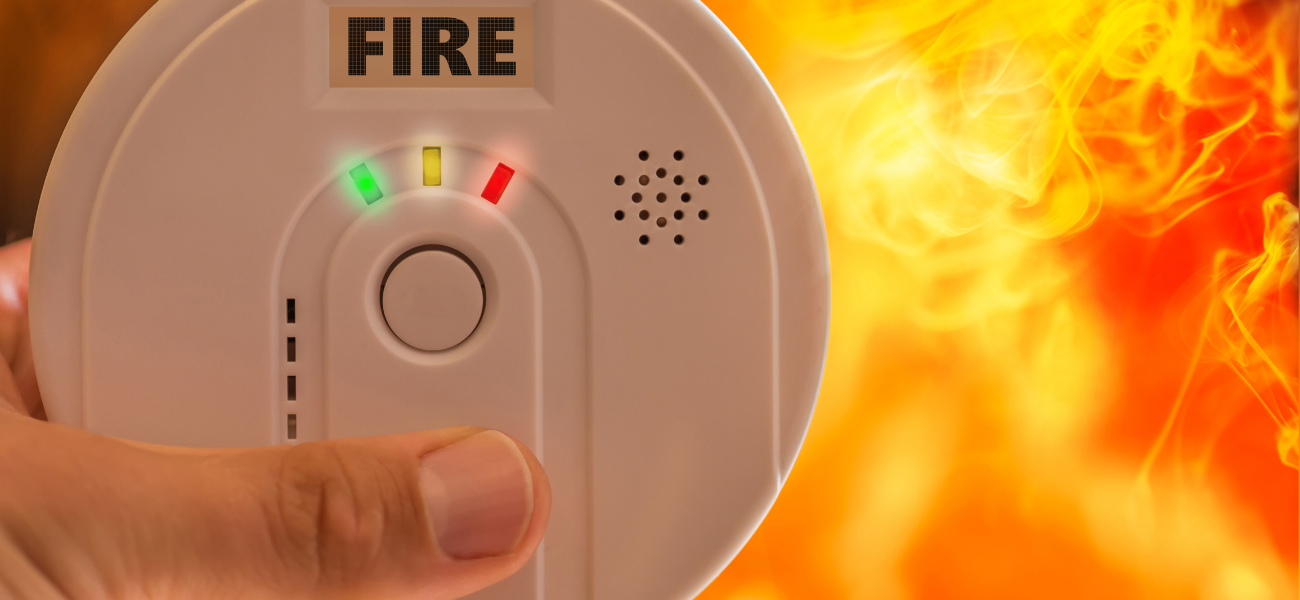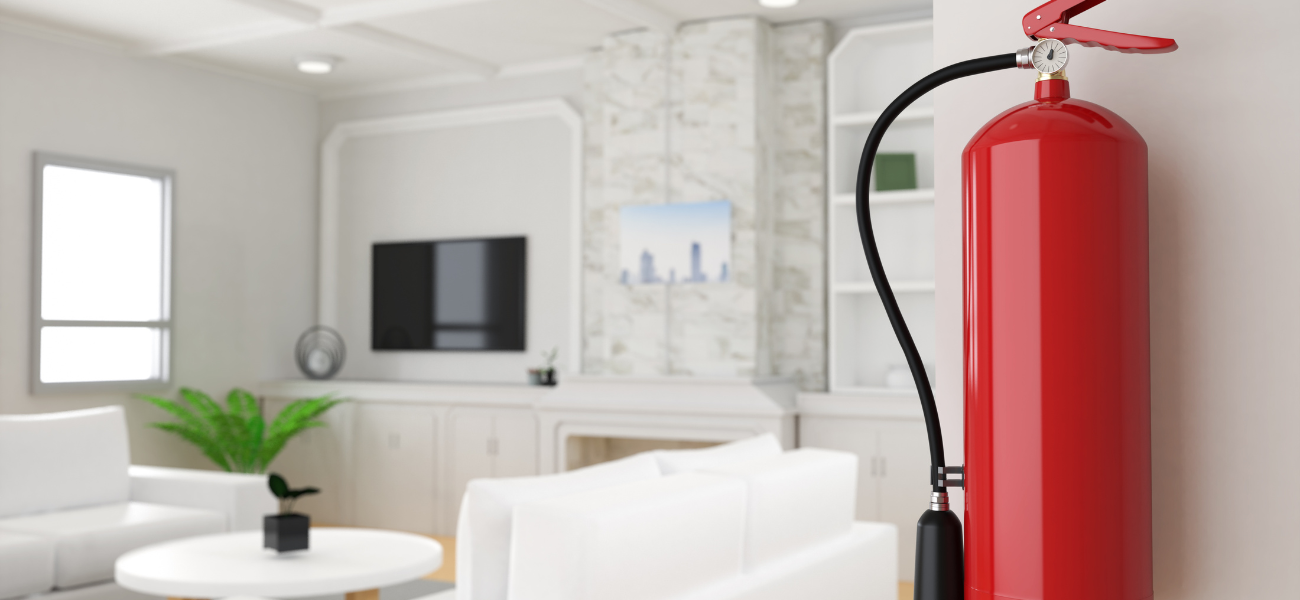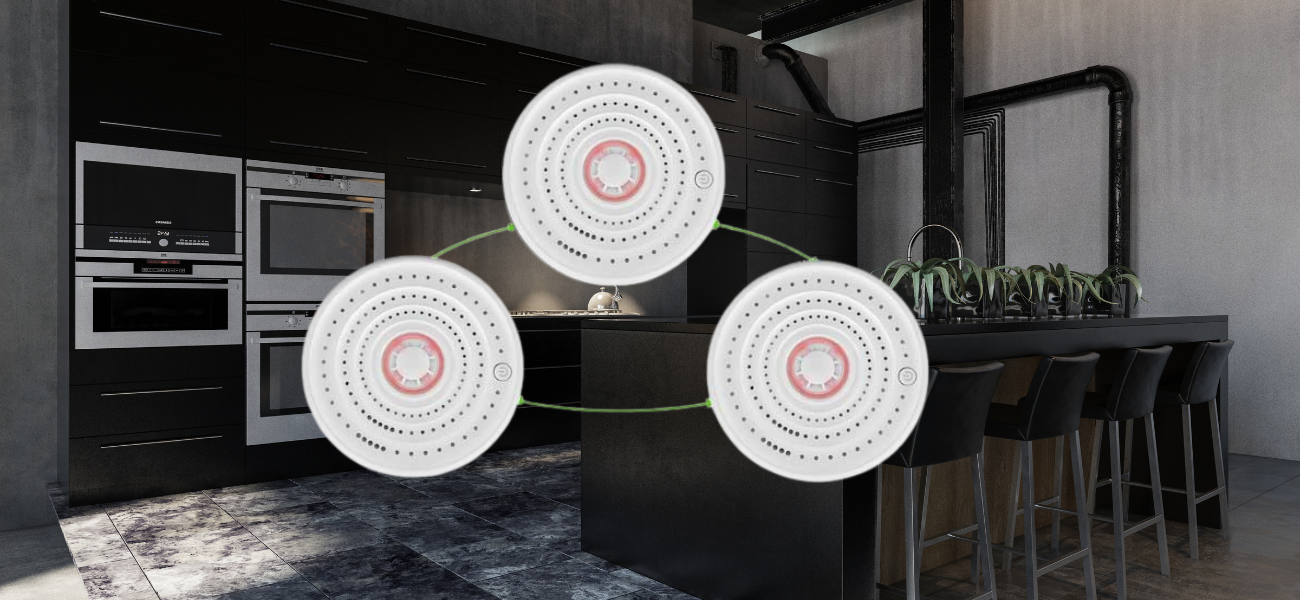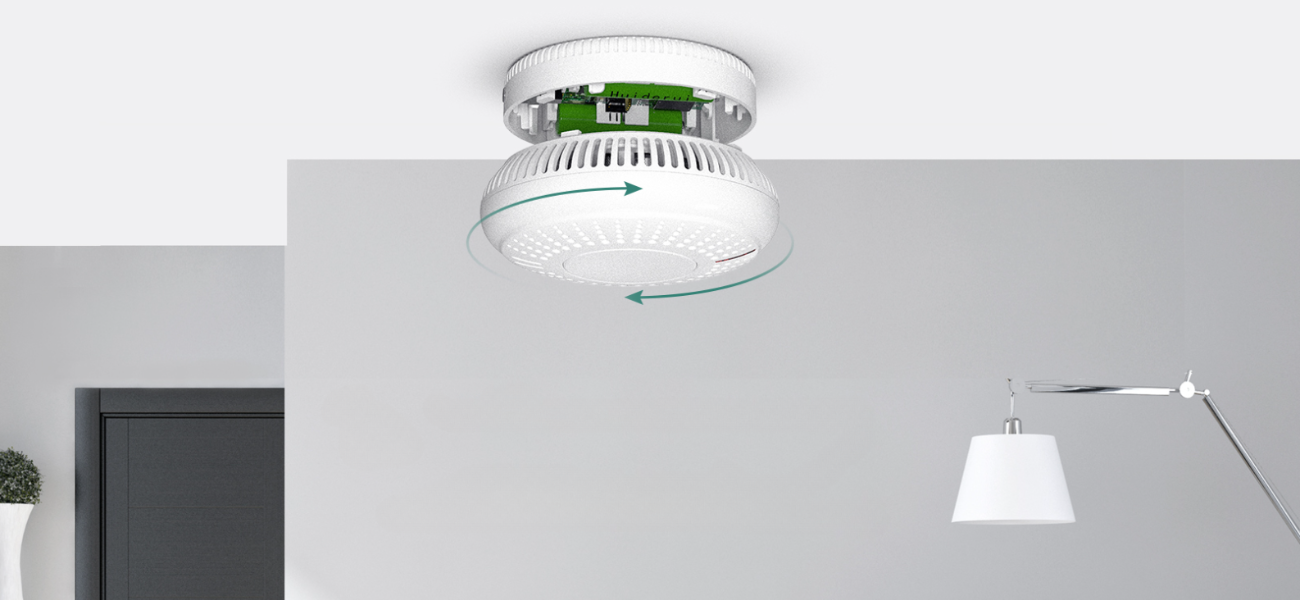Stop my Smoke Alarm from Chirping!
How Do I Stop My Alarm System Chirping?

Linked Up Alarms offers comprehensive solutions for home safety through its range of interlinked smoke, heat, and carbon monoxide alarms. The focused question, 'how do I stop my alarm chirping?,' will guide our discussion on troubleshooting common issues related to alarm systems, emphasising maintenance, compliance with safety standards, and new regulations impacting homeowners in the UK.
Key Chirping Smoke Alarm sections
- Immediate Solutions: Steps to resolve chirping alarms, from battery checks to resetting.
- Maintenance Tips: Regular maintenance schedules for different types of alarms.
- Regulatory Compliance: Overview of new UK regulations for smoke and carbon monoxide alarms.
- Product Options: Highlighting the specific products from Linked Up Alarms that comply with these standards.
Immediate Troubleshooting for Chirping Alarms
When your alarm starts chirping, it can be both a nuisance and a concern. This chirping often signifies a low battery or other maintenance needs. To address this issue, Linked Up Alarms offers several easy solutions that ensure your home remains safe without the incessant noise.
- Check the Battery: A chirping alarm is commonly due to a low battery. Replace the battery with a new one, ensuring it is correctly installed. If the chirping continues, the battery contacts may need cleaning. Products from Linked Up Alarms, such as those found in the Basic Package, include easy-to-install batteries ensuring your alarms are always ready.
- Reset Your Alarm: After replacing the battery, a reset might be necessary. Disconnect the alarm, press and hold the test button for about 15 seconds, then reconnect the battery and the power. This can clear any errors the device remembers and stop the chirping.
- Environmental Adjustment: False chirping can be caused by placement in areas with high humidity or temperature fluctuations. Consider relocating the alarm away from bathrooms, windows, or kitchen areas. Alternatively, cleaning the alarm with a dry cloth or vacuum attachment can remove dust or spider webs that might trigger the chirping.
For additional details on maintaining your home safety with advanced products, explore the Standard Package, which provides comprehensive coverage suitable for medium-sized properties.

Maintaining Your Smoke Alarms for Long-Term Reliability
Regular maintenance is crucial for ensuring the effective operation of your smoke alarms, helping to prevent both false alarms and chirping issues due to malfunctions or end-of-life scenarios. Linked Up Alarms provides various solutions through their products that simplify maintenance and ensure compliance with fire safety standards.
- Routine Battery Replacement: For battery-operated alarms, it is essential to replace the batteries once per year or as soon as the low-battery warning chirps. The Advanced Package includes alarms with a 10-year battery life, reducing the frequency of battery replacements and maintenance tasks.
- Professional Inspection for Mains-Powered Alarms: Mains-powered alarms, while reliable, should be checked by a professional to ensure all components are functioning correctly. This includes checking the backup battery and wiring. Consider the installation services offered by Linked Up Alarms for an expert setup, ensuring your alarms meet safety standards and function seamlessly.
- Testing and Cleaning: Regular testing should be conducted monthly. Use a soft brush attachment on a vacuum to clean the alarms every six months, preventing dust build-up that can lead to false alarms or chirping. The Pick & Mix Package allows you to select various alarms that can be easily maintained depending on your specific home layout and needs.
By adhering to these maintenance practices, you can ensure that your alarms remain in optimal working condition, providing peace of mind and enhancing home safety.
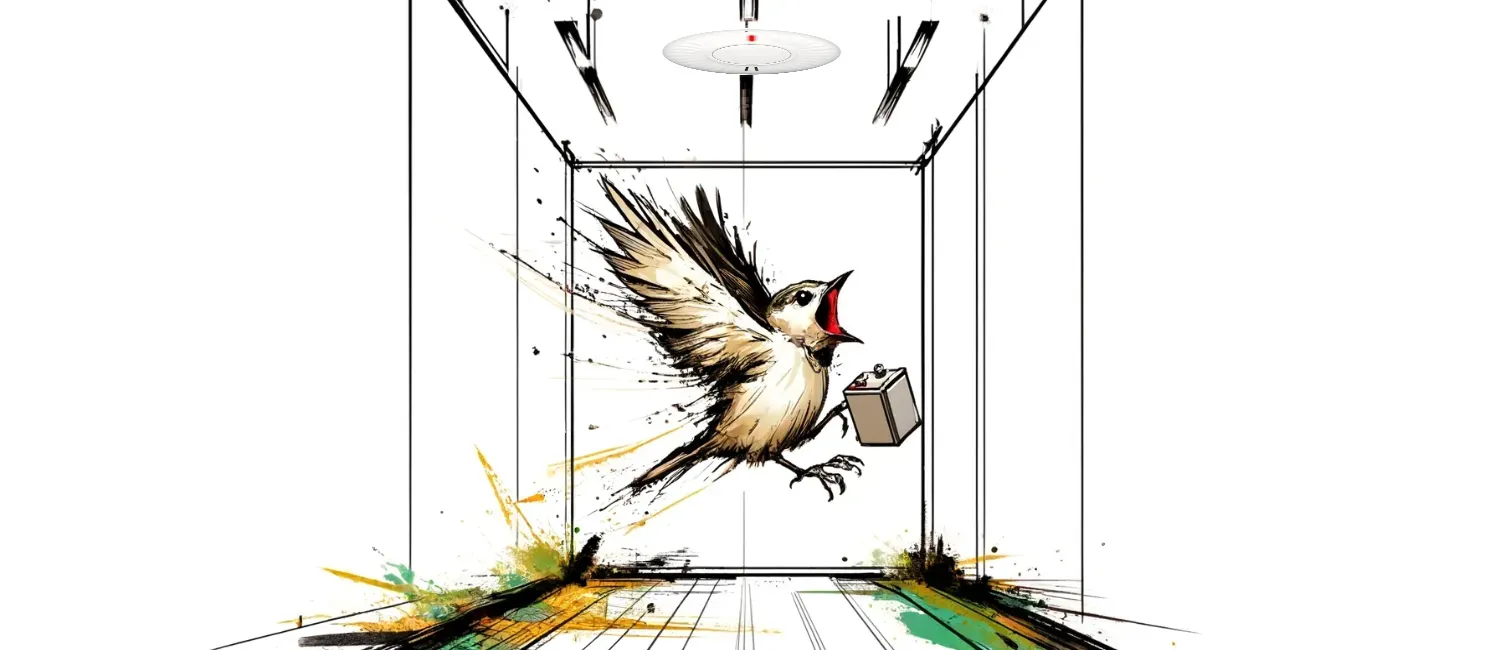
Navigating UK Legislation for Smoke Alarm Compliance
Navigating the compliance landscape for smoke alarms in the UK, especially with the recent legislative changes, is crucial for ensuring the safety of your property and adhering to legal requirements. Linked Up Alarms offers products and advice that align with these new regulations, assisting both homeowners and landlords in meeting their obligations.
- Understanding the New Regulations: Recent legislation in Scotland, driven by updates following significant fire incidents, requires that all homes have interlinked smoke and heat alarms. Similar updates have been rolled out in other parts of the UK, focusing on the need for carbon monoxide alarms in rooms with fuel-burning appliances. Explore the Standard Package for a comprehensive solution that meets these requirements.
- Installation Requirements: The installation of these alarms must comply with specific guidelines to ensure optimal functionality and coverage. For example, smoke alarms must be installed on every level of the home, in each bedroom, and in common areas. The Alarm Linking Video provided by Linked Up Alarms offers practical guidance on setting up your alarms to meet these legal standards.
- Documentation and Compliance Assurance: Keeping up-to-date records of installation and maintenance can be crucial, especially for property sales or inspections by local authorities. Linked Up Alarms' products come with a guarantee and certification that supports compliance documentation, helping you stay prepared and protected.
| Region | Smoke Alarms | Heat Alarms | Carbon Monoxide Alarms | Interlinked |
|---|---|---|---|---|
| Scotland | Every Living Room and Hallway | Every Kitchen | Every room with fuel-burning appliance | Required |
| England | On every floor | Recommended, not required | In rooms with solid fuel-burning appliances | Recommended |
| Wales | On every floor | Recommended, not required | In rooms with solid fuel-burning appliances | Recommended |

By choosing the right products and following the recommended installation and maintenance practices, you can ensure that your smoke alarms are not only compliant with current regulations but also provide reliable protection for years to come.
Linked Up Alarms wants every alarm system to work best for your circumstances. If our alarm system can help - smoke detector, heat alarm or carbon monoxide or any combination - we'd love our alarm system to be your choice. Linked Up Alarms would love to be able to help you in your decisions.
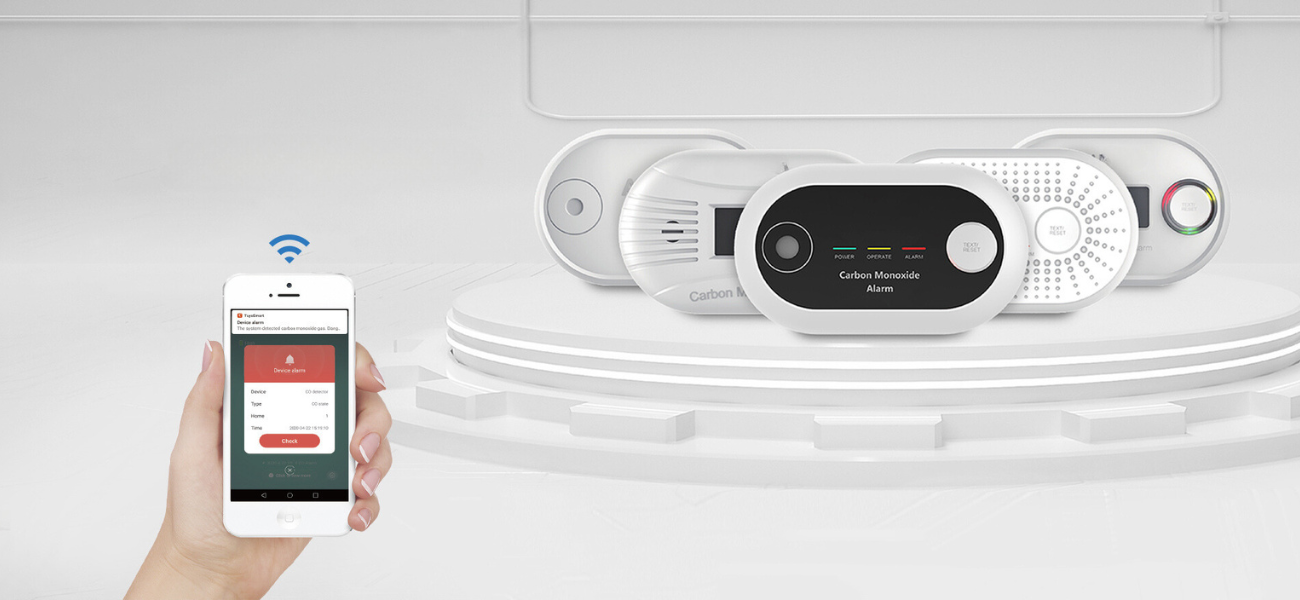
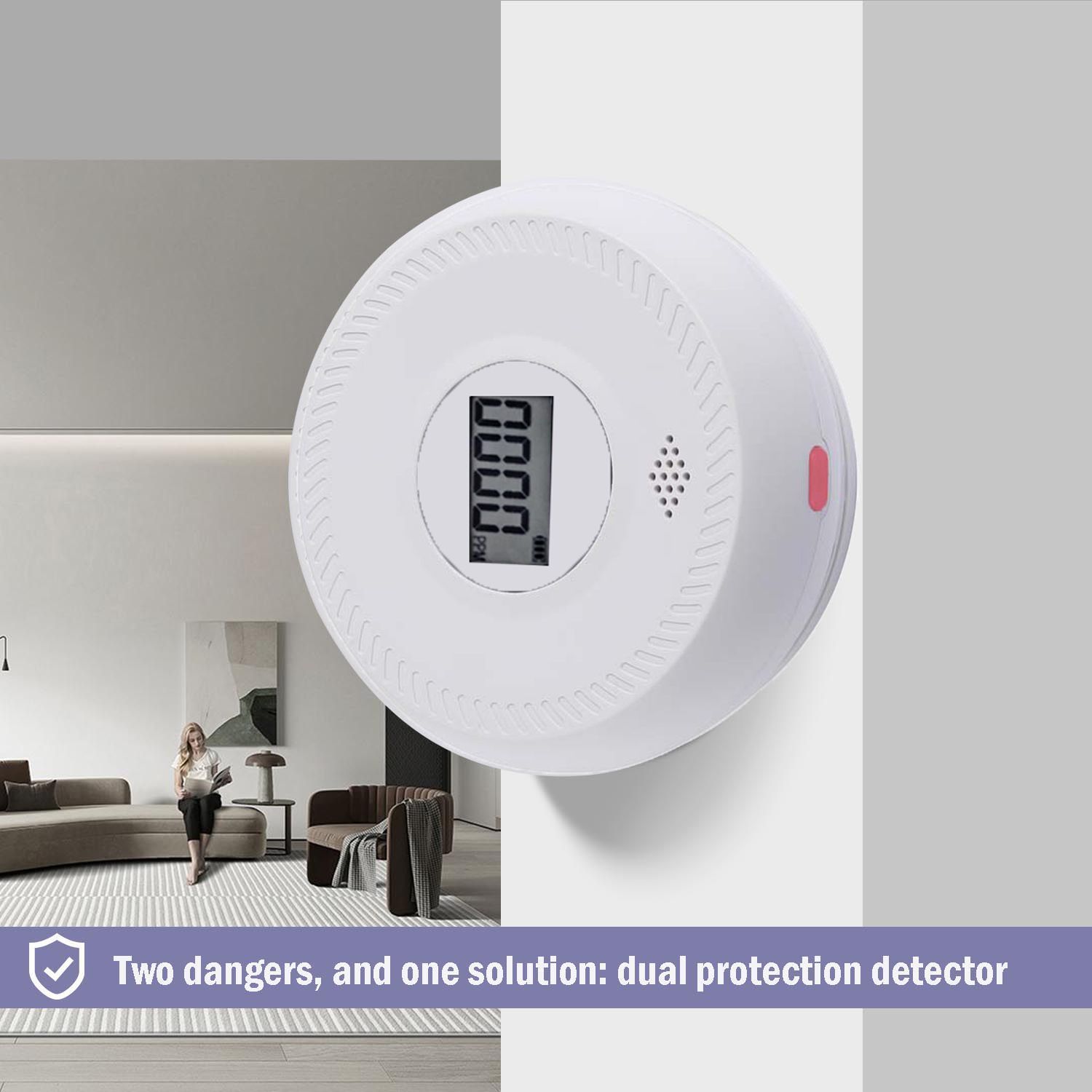
Helping UK Households Meet the New Smoke Alarm Law (Interlinked Alarms Required)
Linked Up Alarms Ltd
Company Number: SC709004
VAT Number: 392 8916 46
Data Protection Number: ZB279937
LOCATION
4 Barrack Street
Hamilton
ML3 0DG
CONTACT US
sales@linkedupalarms.com
Mon: 9:30 AM - 5:30 PM
Tue: 9:30 AM - 5:30 PM
Wed: 9:30 AM - 5:30 PM
Thu: 9:30 AM - 5:30 PM
Fri: 9:30 AM - 4:30 PM
Sat: Closed
Sun: Closed
POPULAR PAGES
